Hoya Subquintuplinervis (formerly Pachyclada) 'Red Corona' (1017W22)
Hoya Subquintuplinervis (formerly Pachyclada) 'Red Corona' (1017W22)
Large Hoya subquintuplinervis 'Red Corona' growing a 4-inch pot.
Hoya subquintuplinervis 'Red Corona', formerly referred to as Hoya pachyclada, is the green form of Hoya subquintuplinervis. This cultivar showcases thick, semi-succulent leaves and produces red and white flowers.
*The plant pictured is the plant that you will receive. By purchasing, you agree to our Shipping Policy and Refund Policy.*
Couldn't load pickup availability
Hoya Genus
Hoya Genus
The Hoya genus, encompassing over 500 species, is a diverse and fascinating group of tropical plants within the Apocynaceae family. Native to various regions across Asia, Australia, and the Pacific islands, Hoyas are predominantly evergreen perennial creepers or vines, though some species can also grow as shrubs. They often grow epiphytically on trees, using adventitious roots to climb, but can also be found growing terrestrially or in rocky areas.
Hoya plants are characterized by their simple, succulent leaves arranged in an opposite pattern, which vary greatly in size, texture, color, and venation.
One of the most striking features of Hoya plants is their flowers, which are typically star-shaped and waxy, appearing in clusters. Flower colors range widely from white and pink to yellow, orange, dark red, near-black, and even green, often accompanied by a sweet fragrance and abundant nectar production.
Hoya Care
Hoya Care
Hoyas do best in bright, indirect light and well-draining soil, such as a mix designed for orchids or cacti. They prefer to be slightly root-bound, so repot only when absolutely necessary to avoid excess moisture, which can lead to root rot. Water sparingly, allowing the top inch of soil to dry out between waterings, and ensure good air circulation around the plant. Hoyas are generally resistant to pests but keep an eye out for mealybugs, which may appear on the undersides of leaves or along stems.
Share






